CAMILLE DEFRENNE on Forest Symbiosis /213
Trout swim circles in a forest stream; photo by GVS
Globally, our forests support almost two-thirds of Earth’s terrestrial species, they are cooperative and resilient systems where connections and relationships are inseparable. However, this interdependence also creates serious vulnerabilities when forests are subjected to land and habitat degradation, industrialized forestry practices, short-sighted restoration projects, and a changing climate.
In this episode, we talk about disturbances to forest ecosystems, the role of mycorrhizal networks, and the unbelievable importance of peatlands with guest Camille Defrenne. A student of Dr. Suzanne Simard and Dr. Colleen Iversen, Camille shares the role of mother trees in forest regeneration, how mycorrhizal networks are faring, and the ramifications of large scale reforestation and afforestation efforts when they are not implemented thoughtfully and locally. Camille’s current focus is looking at how peatlands are reacting to warming temperatures and an increase in carbon dioxide, which is vital to understand because peatlands hold around a third of the world’s carbon and if we want to lessen the impact of global climate change, protecting our peatlands is crucial.
“The circle of life between the tree roots, the mycorrhizal fungi, the salmon, the predators, and the people depends upon the trade of mutual respect.”
Camille Defrenne
At age 7, Camille Defrenne promised herself to be a paleontologist. She is now digging soil, not looking for dinosaurs’ bones, admittedly, but looking for something equally fascinating: plant roots and their fungal partners, called mycorrhizal fungi.
Camille spent four years during her Ph.D. studying Douglas-fir trees alongside Dr. Suzanne Simard. Camille found Douglas-fir trees rely as much on their roots and fungi as they do on their needles to adapt to the climate. Since then, Camille crossed the border and invaded the peatlands of Minnesota, a type of wetland that is the world’s largest natural terrestrial carbon store. Supported by Dr. Colleen Iversen, she is now a postdoctoral research associate spying on roots and their fungal friends in one of the world’s largest peatland warming experiments.
♫ Music featured in this episode is “Picking Moths” by John Newton, “Beam” by Harrison Foster, “Far Known Place” by If By Whiskey, and “I Knew How” by Ali Dineen.
Episode References
We Can’t Just Plant Billions of Trees to Stop Climate Change
Learning from the Past: Japan’s Tree-Planting Efforts Provide Lessons for Other Countries
Episode Recommendations
Finding the Mother Tree: Discovering How the Forest is Wired for Intelligence and Healing
The Surprising Life Inside Frozen Soil
Methods of studying roots, rarely used in wetlands, improves ecosystem research
The World’s Oldest Forest Has 385-Million-Year-Old Tree Roots
Glass domes help forecast the fate of Canada's boreal forests
For The Wild aims to be a gathering place for ideas and solutions ensuring that the growing body of work that we steward remains accessible to the public. If you want to see us continue, or perhaps are especially moved by the episode you are listening to today, please become a monthly sustaining member through our Patreon or consider making a one-time donation directly to us through our website. To stay up-to-date on our work, sign up for our newsletter.



For The Wild is a slow media organization dedicated to land-based protection, co-liberation, and intersectional storytelling. We are rooted in a paradigm shift away from human supremacy, endless growth, and consumerism. As we dream towards a world of grounded justice and reciprocity, our work highlights impactful stories and deeply-felt meaning making as balms for these times.